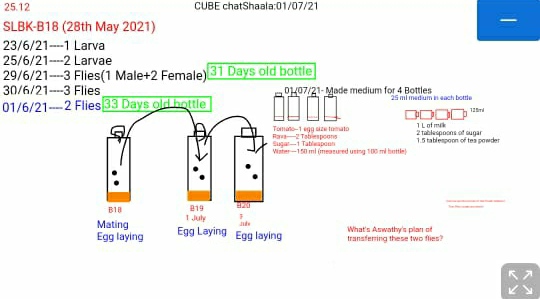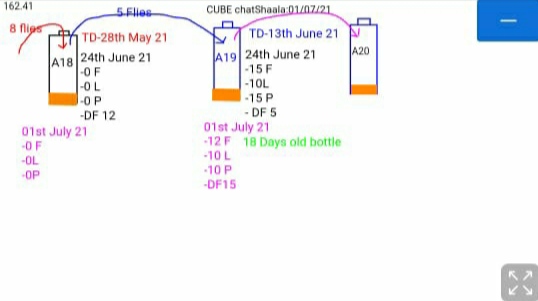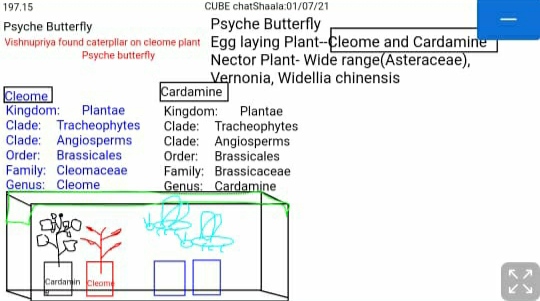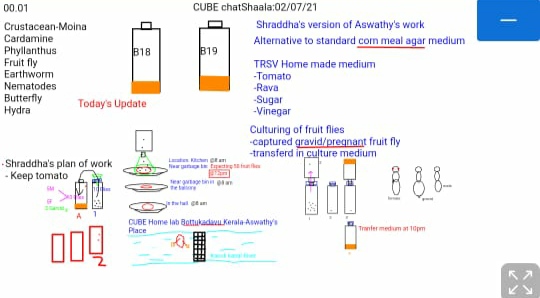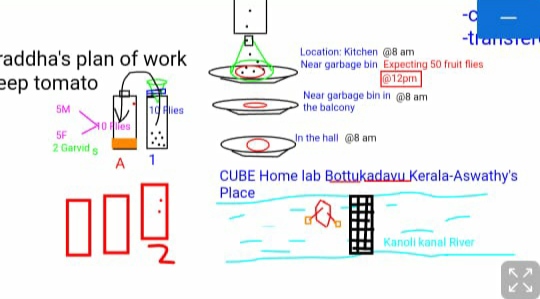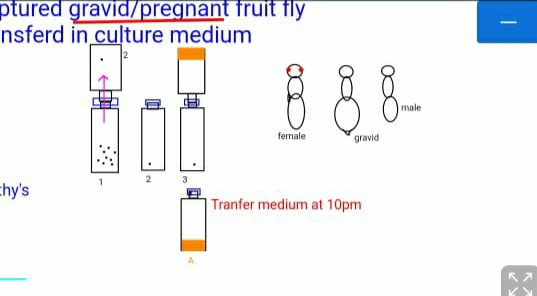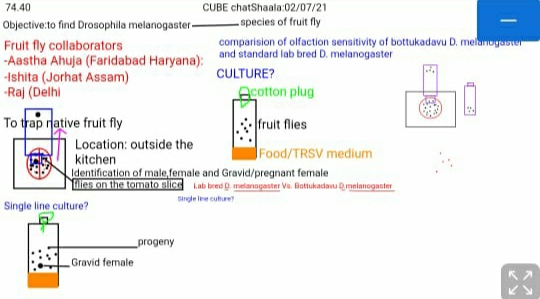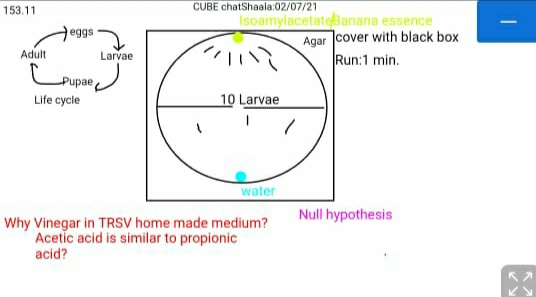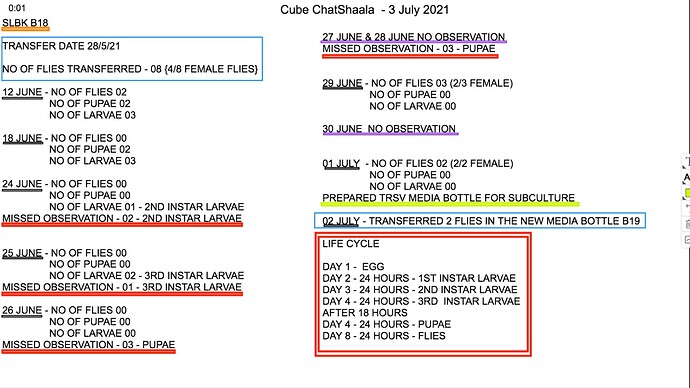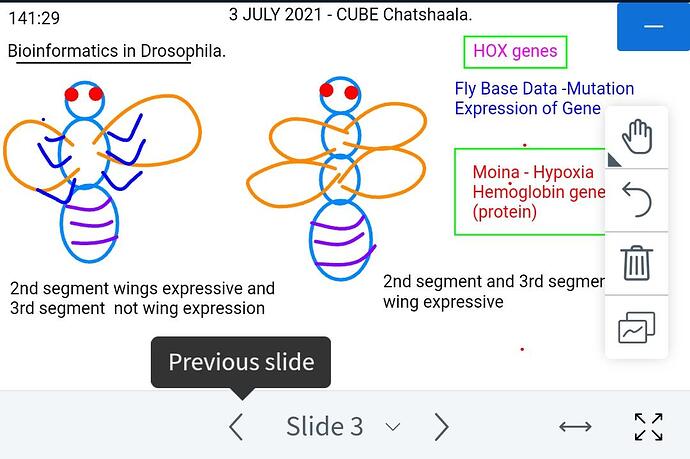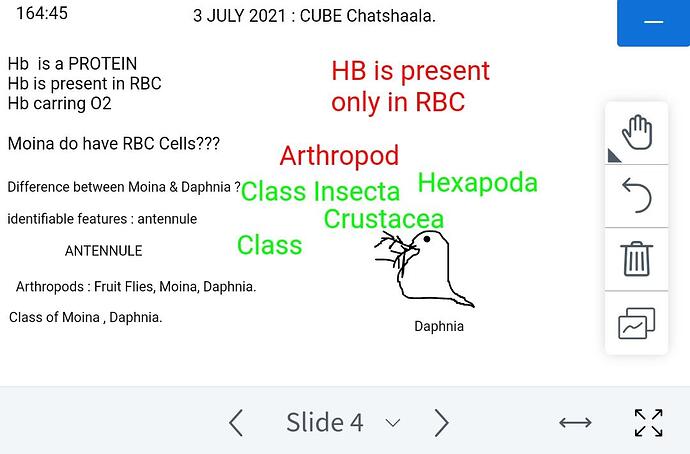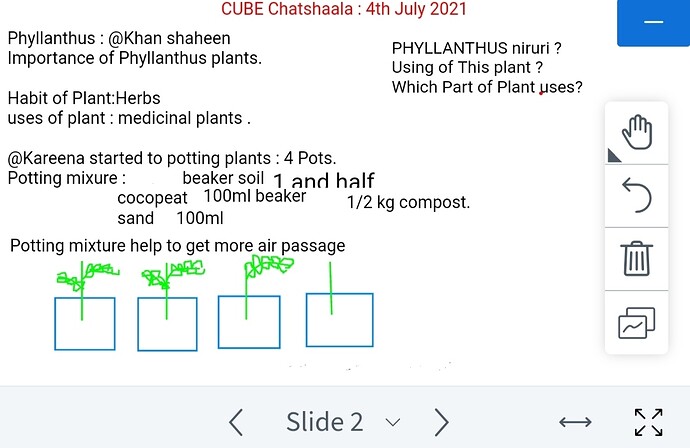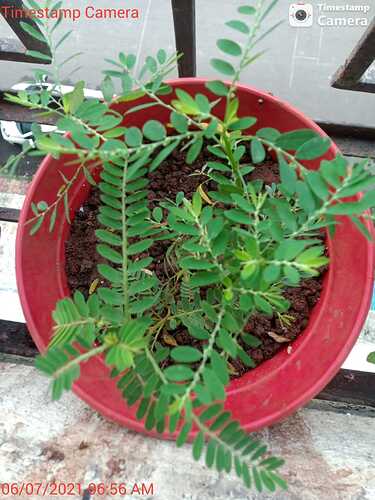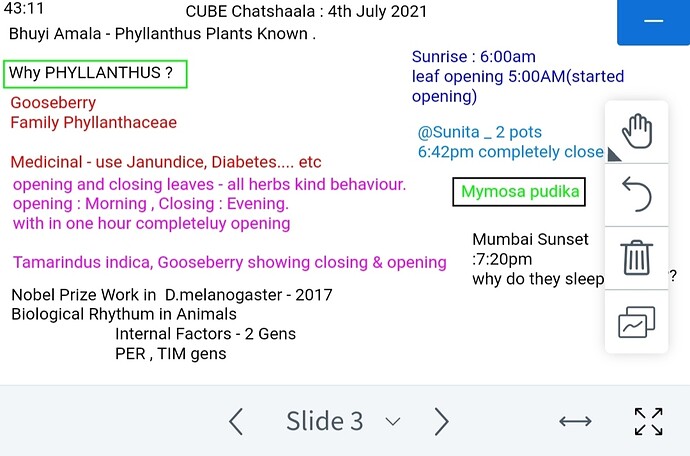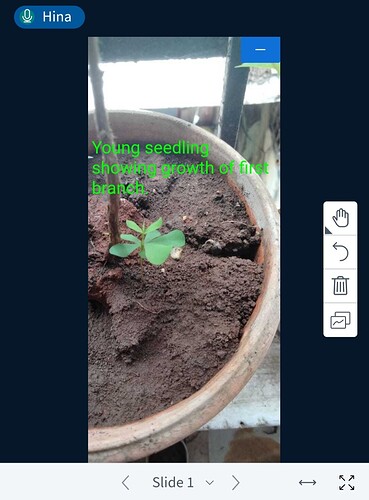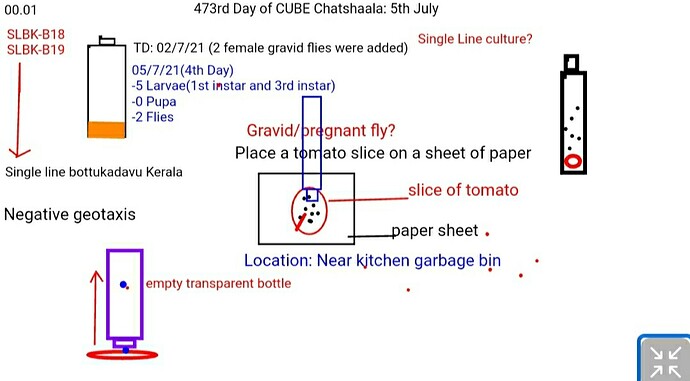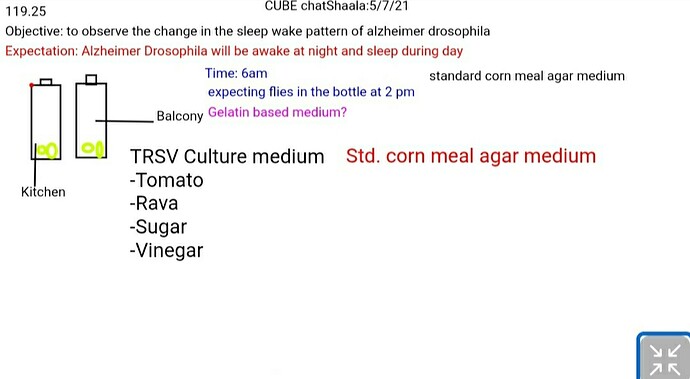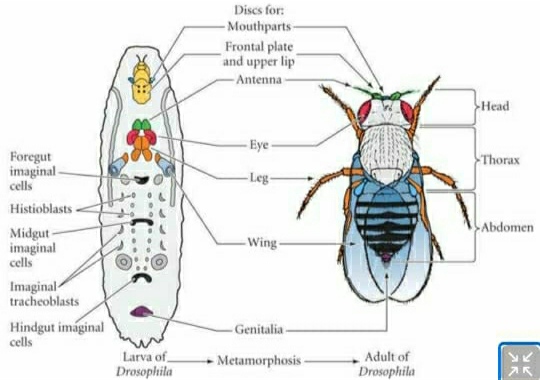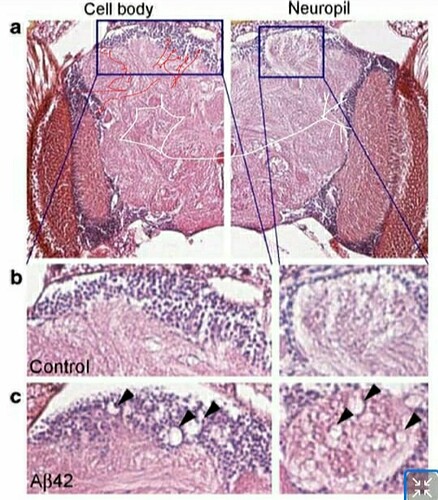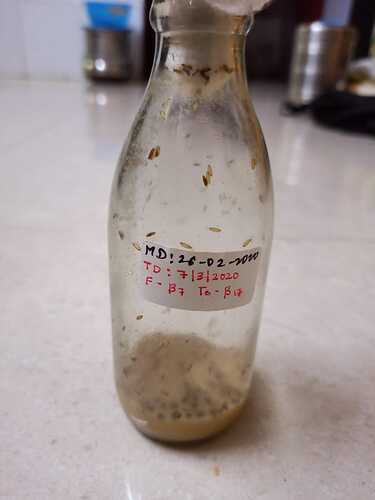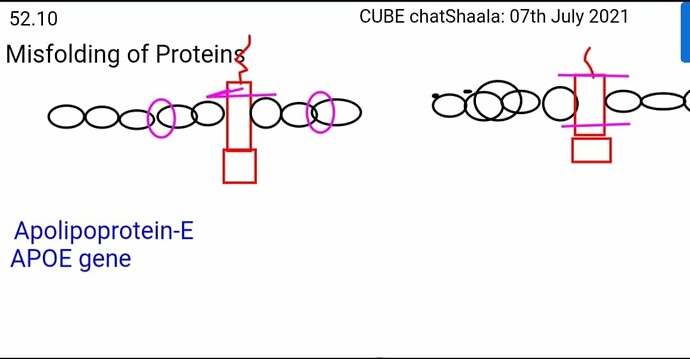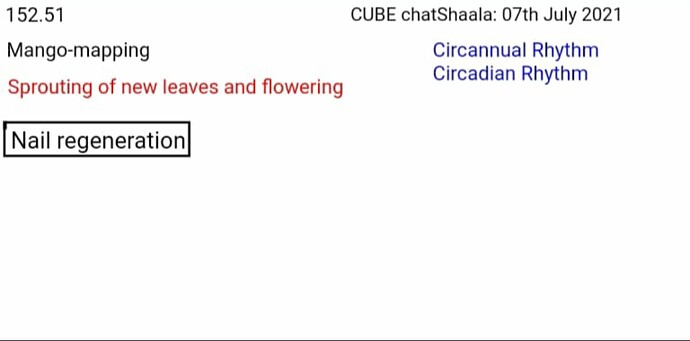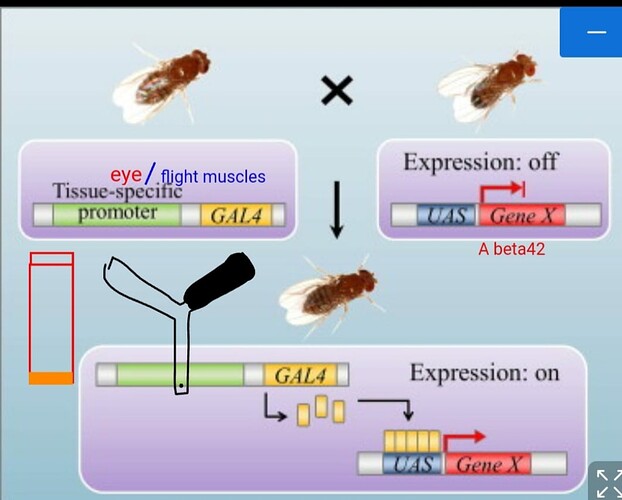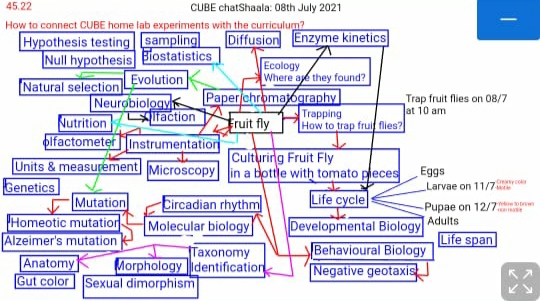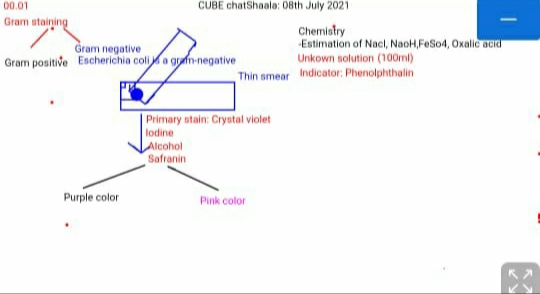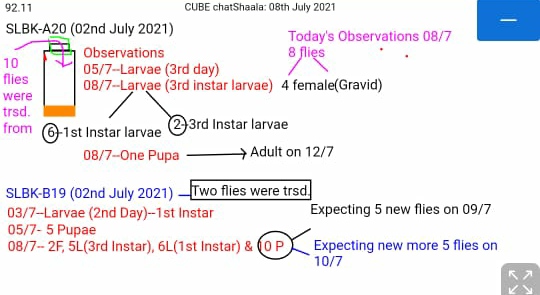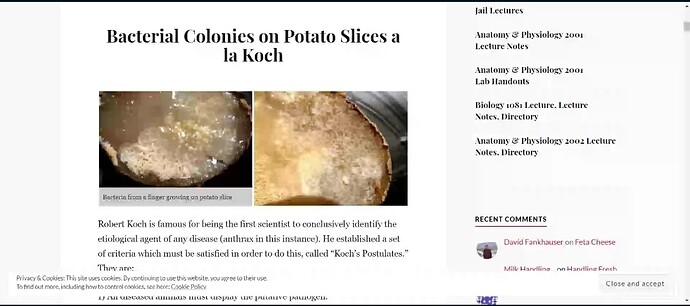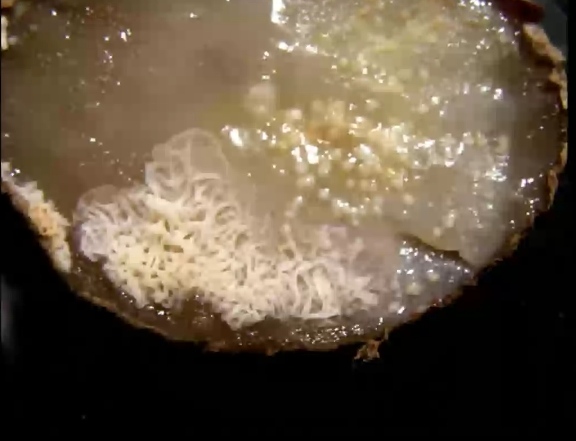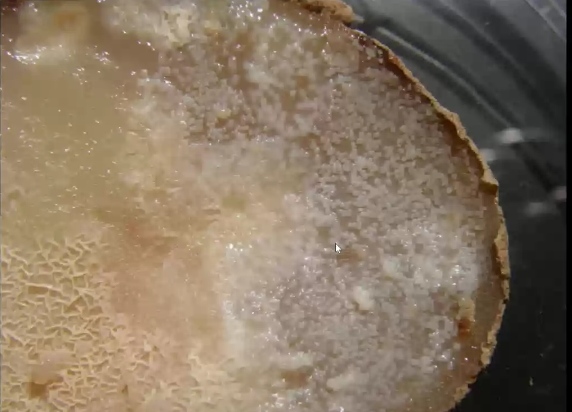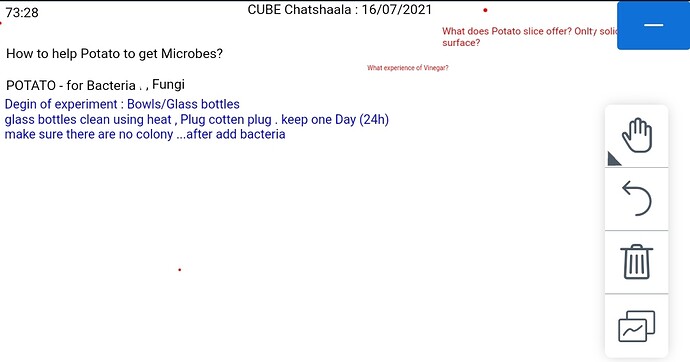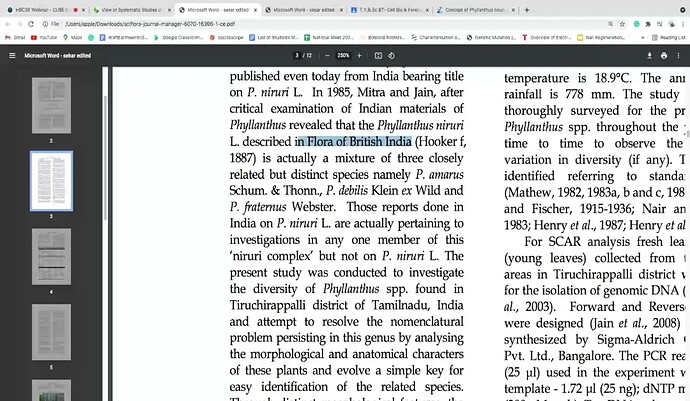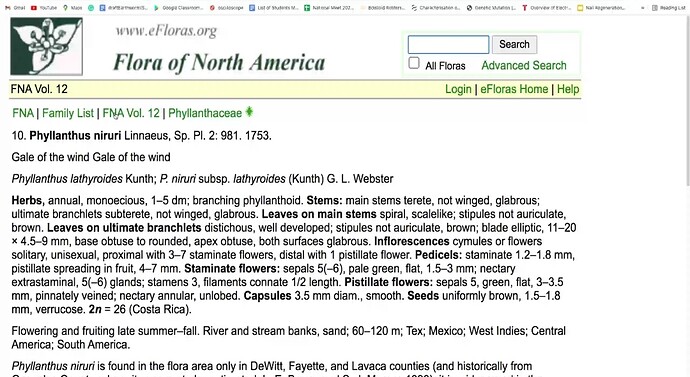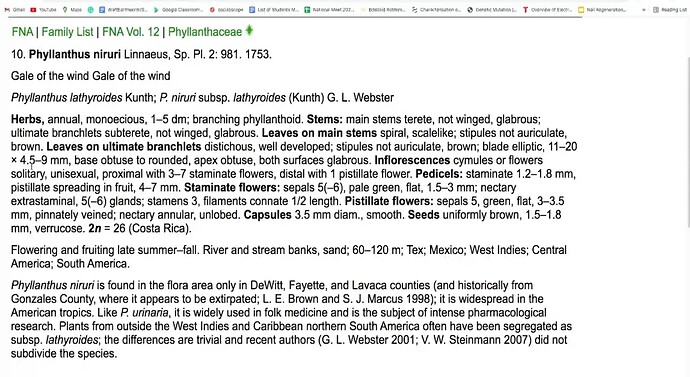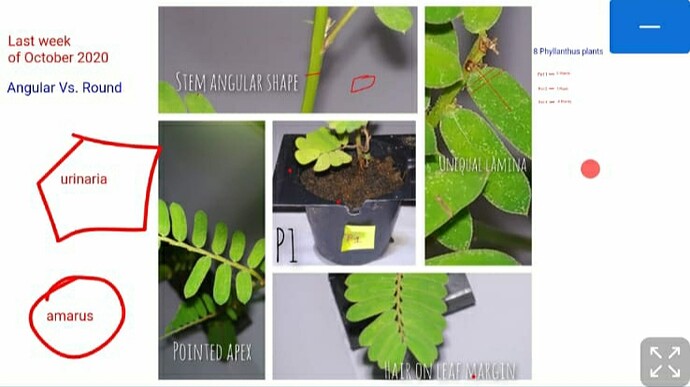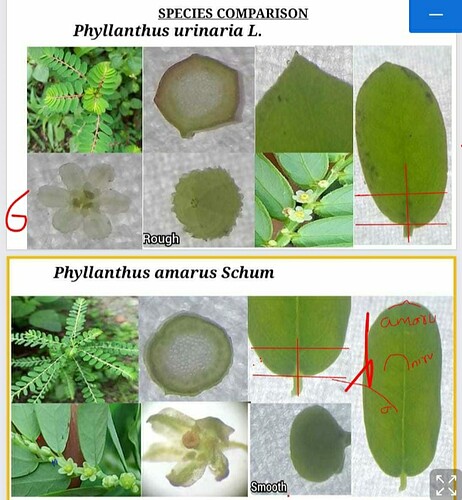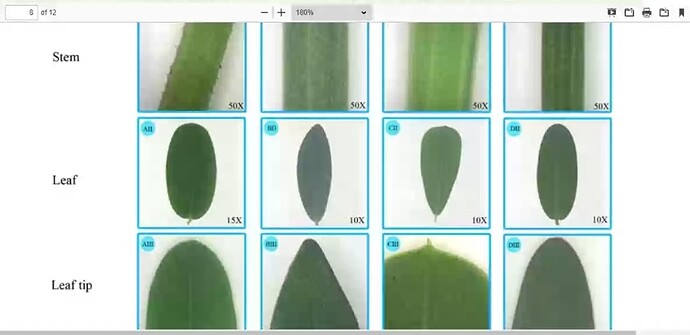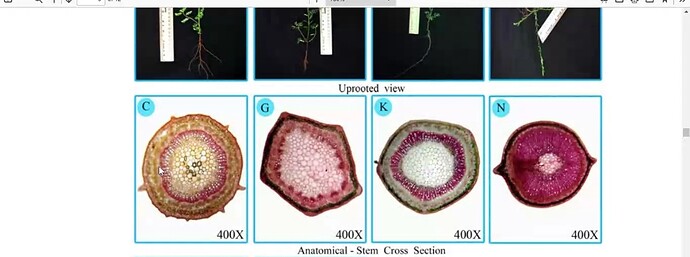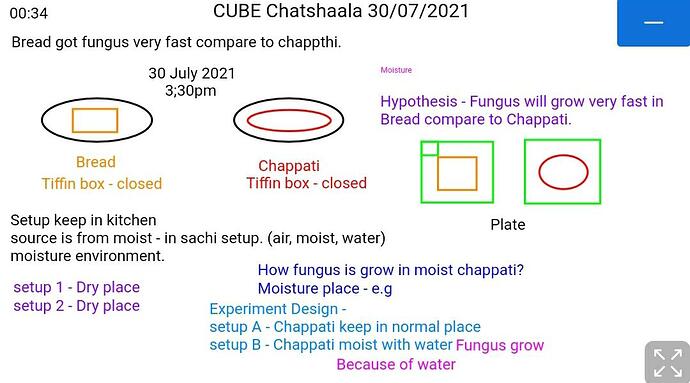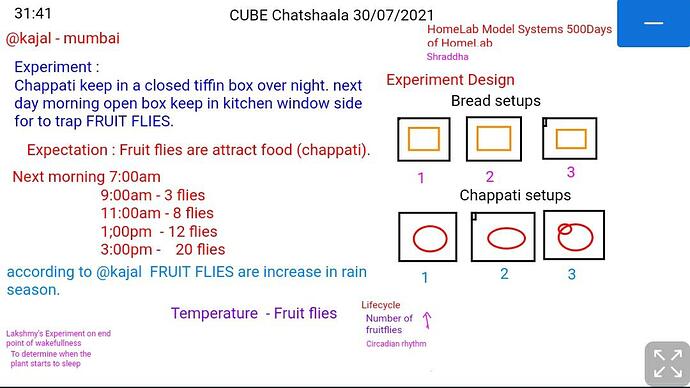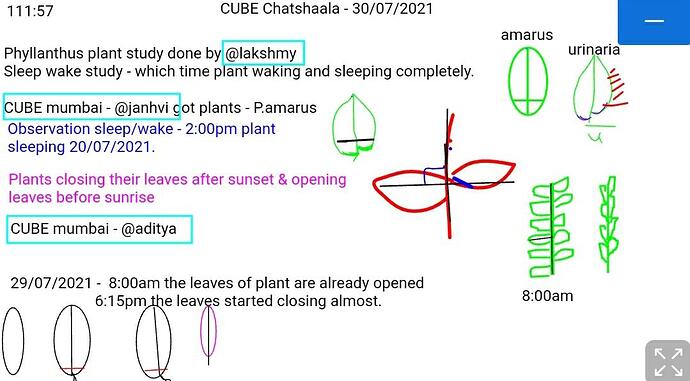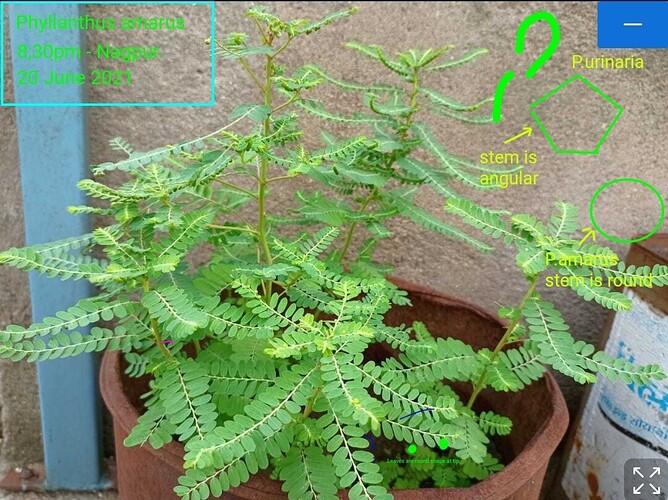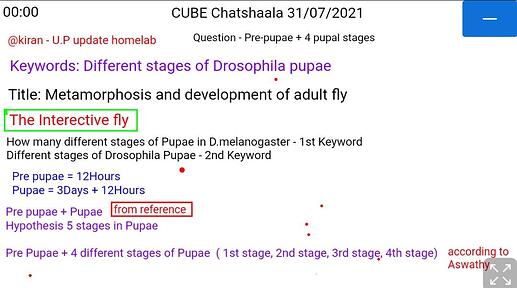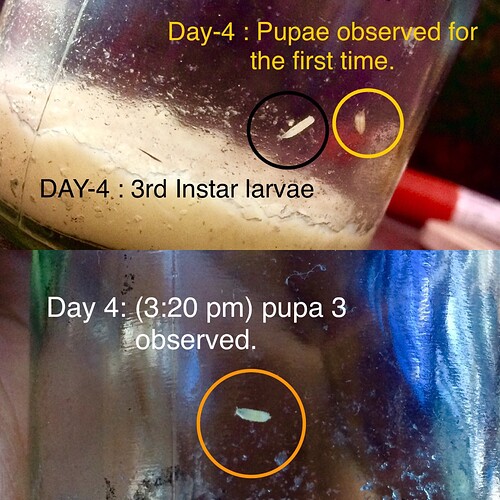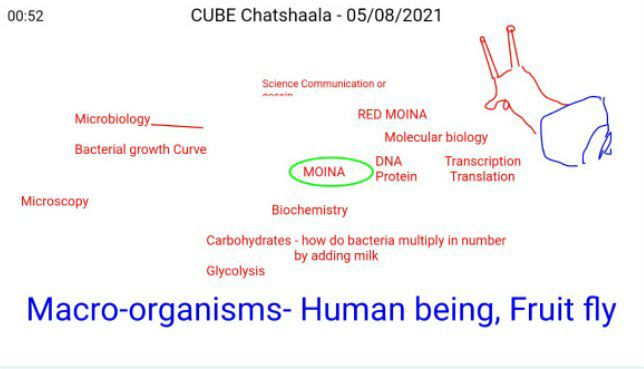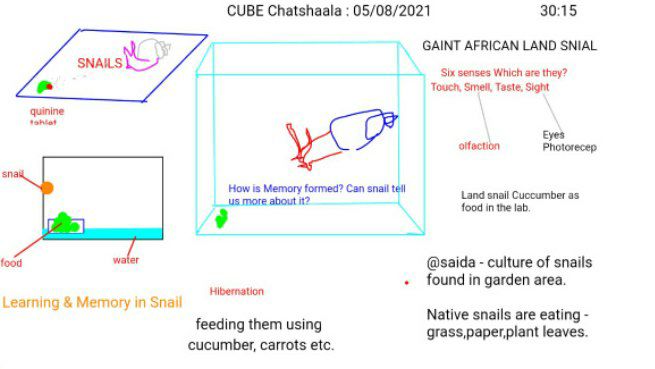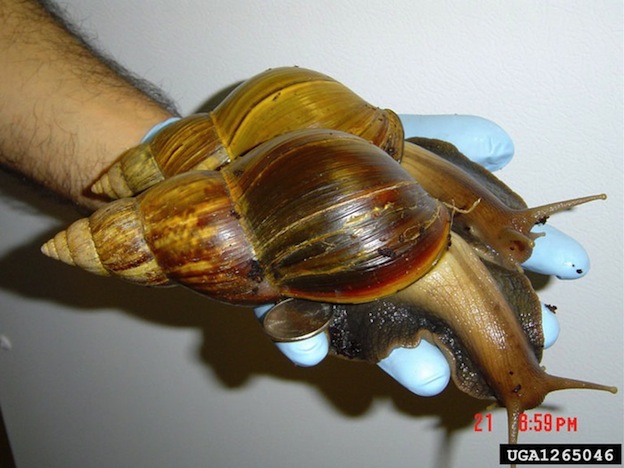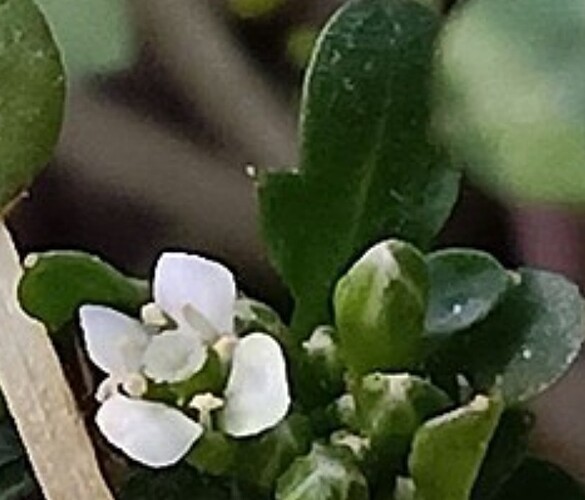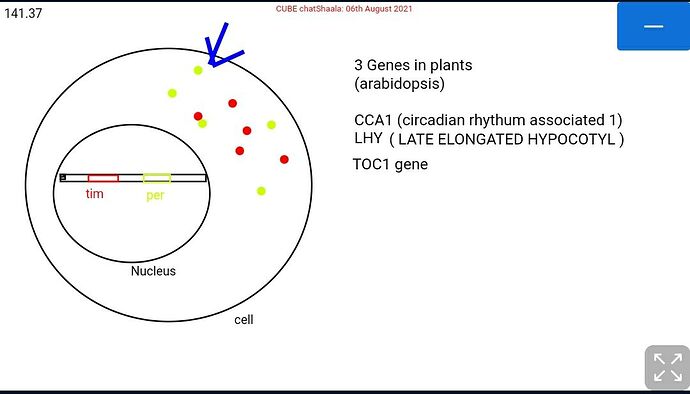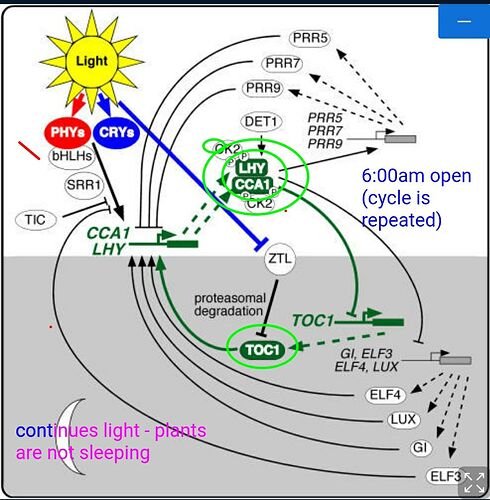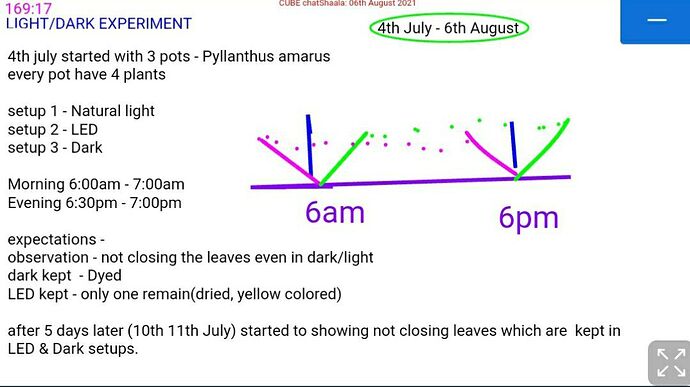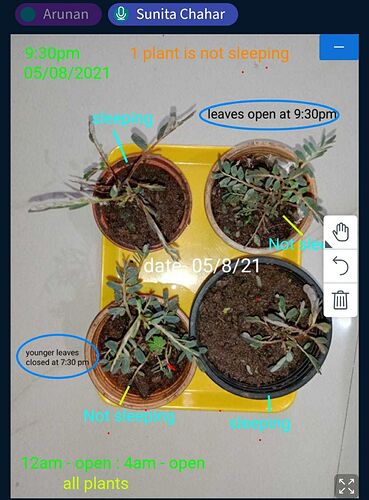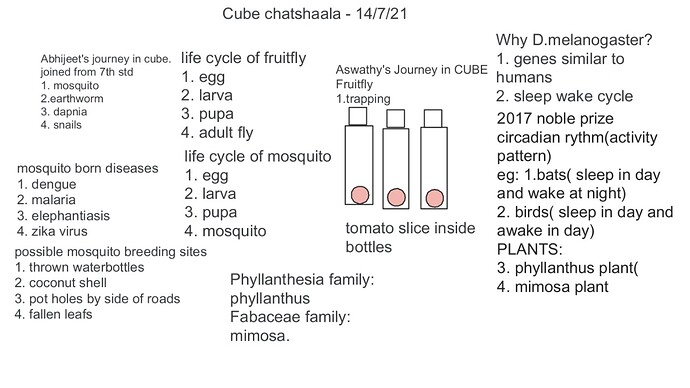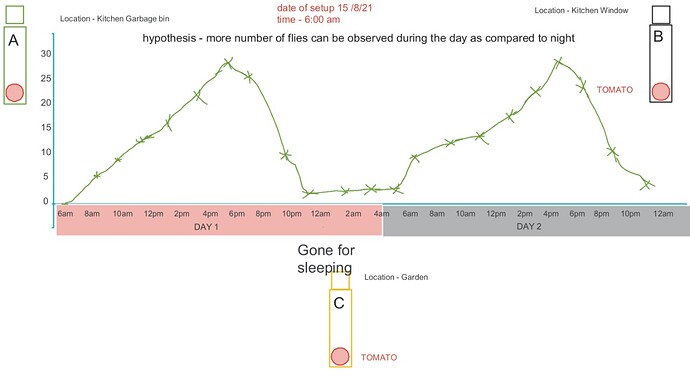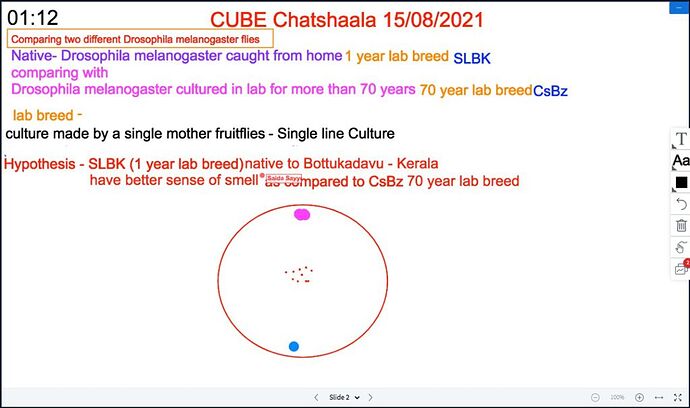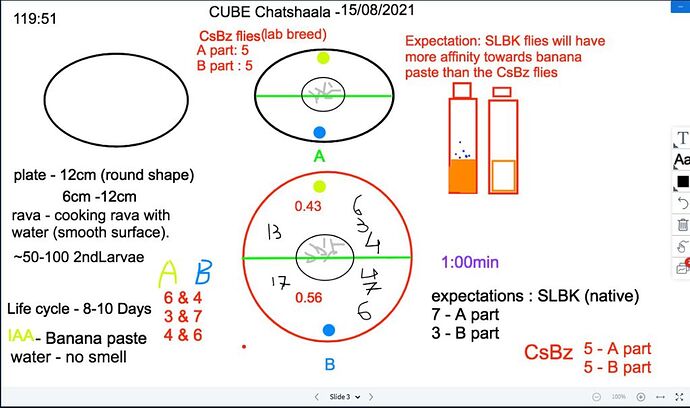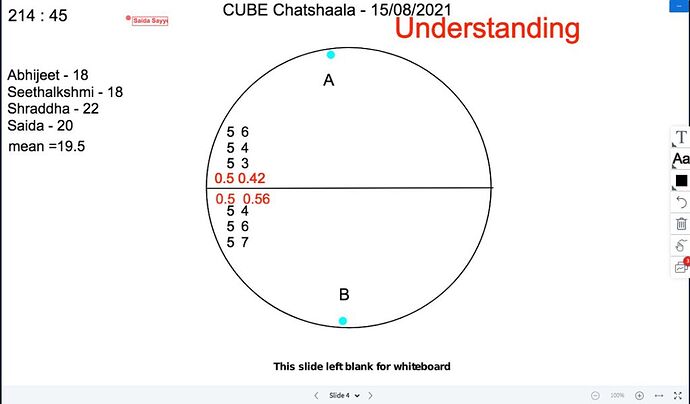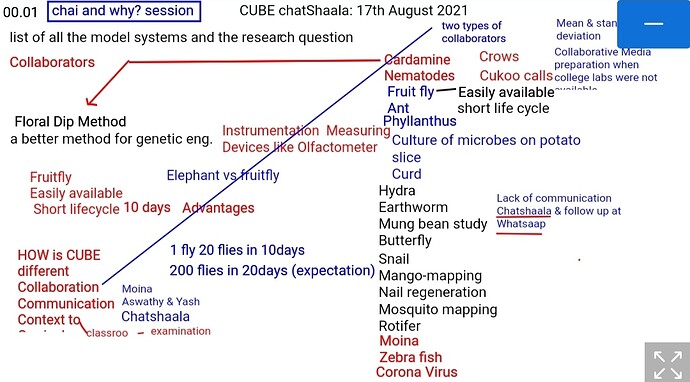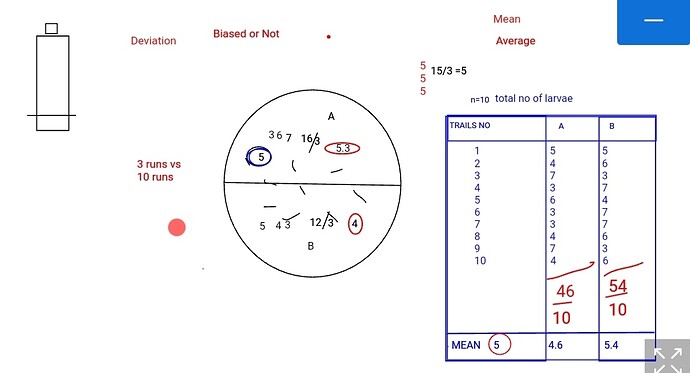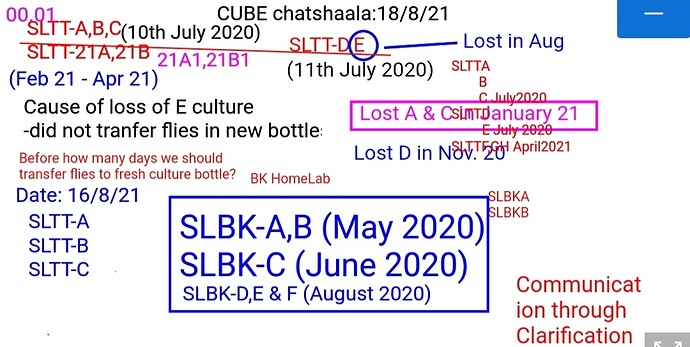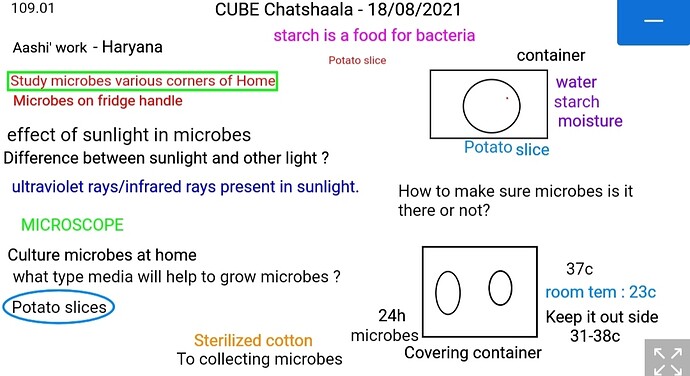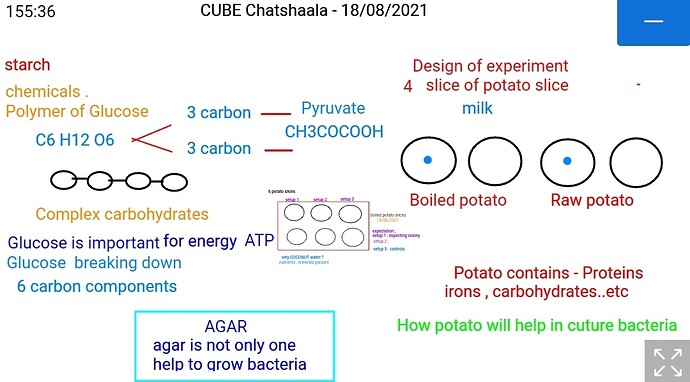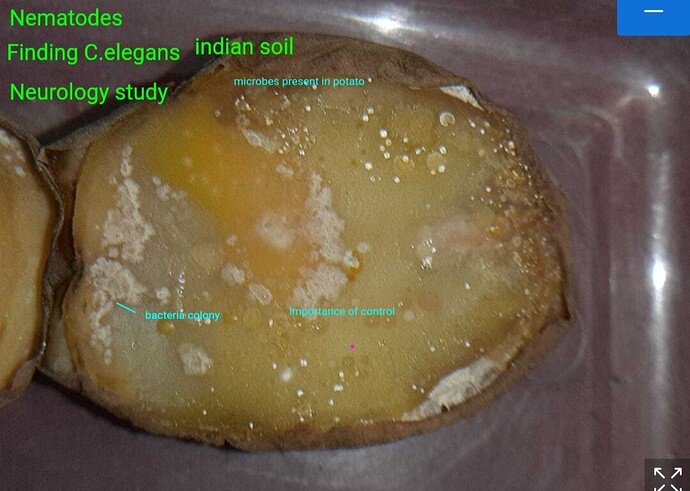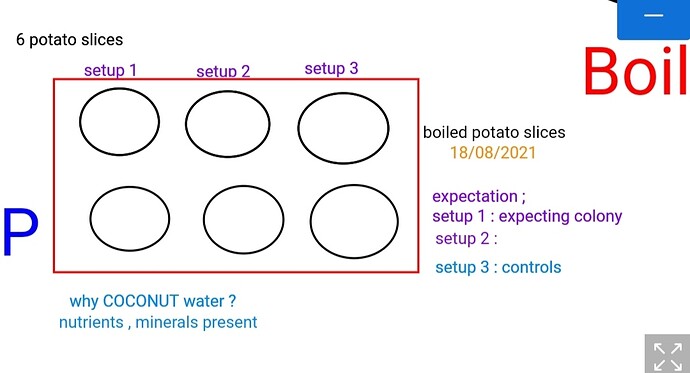472nd Day : CUBE Chatshaala.
Summary
Yesterday discussed about model system Phyllanthus. @Sunita ma’am & her students from CUBE Ratnam joined yesterday chatshaala.They were already started to studied about phyllanthus plant. Made a Potting mixture for create good atmosphere to grow plants.
Potting mixture :-
1)Soil - One and half Kg beaker.
2)Cocopeats - 100mL beaker.
3)Sand - 100mL beaker.
4)Compost - 1/2 Kg.
How will cocopeats help the plant?
Phyllanthus
•Why Phyllanthus!
•Importance of Phyllanthus plants!
•Uses of Phyllanthus plants!
Which type of disease is useful!?
What kind of Research Question we are addressing in this plant?
Phyllanthus plants coming under Phyllanthacea. Leaves are showing opening and closing behavior.
E.g of plants : Mimosa pudica,Gooseberry plants, Tamarindus indica.
Common name of phyllanthus Buavi amala (Hindi), Kezharneli (Malayalam), Keyukaneli (Tamil).
@Sunita ma’am observed Phyllanthus plants were waking & sleeping earlier before
Sunrise & Sunset
Mumbai
6:05 am
Sunday, 4 July, 2021
Sunrise in Mumbai, Maharashtra
7:20 pm
Sunday, 4 July, 2021
Sunset in Mumbai, Maharashtra
Related Questions From BBB Public Chat box.
1)What is the Sunrise time in places where we located leaf opening at 5am?
2)Sunset in Mumbai is at 7:20pm! Why do they slerp earlier than Sunset?
3)Does the waking and sleeping have anything to do with sunrise- sunset timing?
4)When do they close leaves? Have they closed leaves now at 6;42 pm?
5)Rain effect their sleep wake cycle? Any connection between them?
6)What is the internal factor or factors? What does the Nobel Prize winning work telks us?
@2020ugchsncnseethala @Sunita @saida786110 @KiranKalakotiR
Internal factors are controlling their activities…Even plants & animals.
What about the Nobel Prize winning work on Biological Rhythm studies?
Who discover circadian rhythm  !?
!?
The first scientific observation of circadian rhythm was made in 1729 by the French astronomer Jean Jacques d’Ortous de Mairan, who placed the mimosa plant in a light-tight dark room and observed that the plant continued to unfold its leaves in the morning and close them in the evening.
2017 Nobel prize Work Circadian rhythm
Hall and Rosbash also showed that its protein, called PER, rose and fell over 24 hours, peaking at night and degrading over the day. They suspected the clock was driven by a feedback loop, with high levels of PER interfering with period and inhibiting its activity, which would cause the levels to subside. But to do so, PER, made in the cytoplasm of the cell, had to get into the nucleus.
So is it like, during the experiment on mimosa, even in absence of external factor (sunlight), the cycle of sleeping n waking was carried out undisturbed by ‘internal factors’?
Folk medicinal uses of different parts of M. pudica.
Plant part used Uses References
Roots Dysentery, small pox, fever, ulcer, jaundice, leucoderma, inflammations, asthma, hemorrhoids, and fistula Vaidyaratanm (2001); Pande and Pathak (2010)
Expedition of delivery Haque and others (2011)
Rheumatism Hasan and others (2012)
Leaves Treatment of hydrocele, hemorrhages, fistula, conjunctivitis, hemorrhoids, and wounds Sharma and others (2001); Pande and Pathak
Other than sleep wake cycle what else Research Questions can we address in phyllanthus plants  ?
?
Heteroblasty - anther research question cubists are addressing.
@adita joshi using seedlings plants of phyllanthus to study leaves growth of first branch it self. Opening and sleeping behavior of plants.
![]() GOOF UPS I LOST MY MOINA CULTURE 24/6 - 2 Culture bottles with 40 Moina each 250ml of Dechlorinated water + 1 drop of milk {fed on alternate days} was shared by @Drishtant 24/6 after Chatshaala 4 subculture was made (1 main and 3 replicates ) Each with 10 Moina + 200ml of Dechlorinated water + 1 drop of milk every alternate days” - @saida786110
GOOF UPS I LOST MY MOINA CULTURE 24/6 - 2 Culture bottles with 40 Moina each 250ml of Dechlorinated water + 1 drop of milk {fed on alternate days} was shared by @Drishtant 24/6 after Chatshaala 4 subculture was made (1 main and 3 replicates ) Each with 10 Moina + 200ml of Dechlorinated water + 1 drop of milk every alternate days” - @saida786110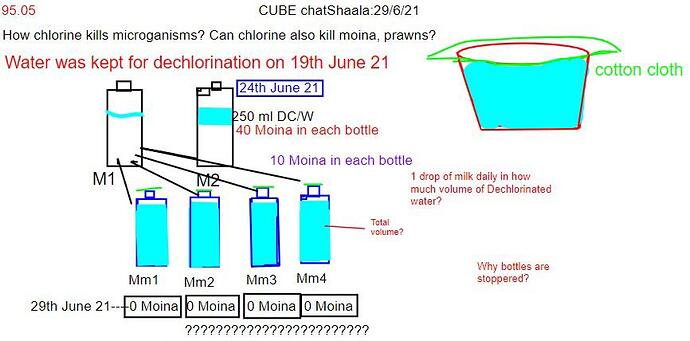

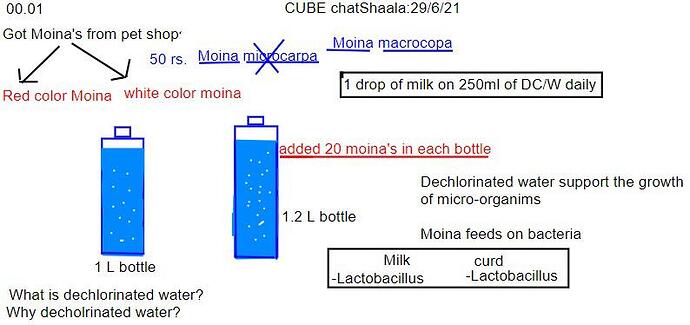
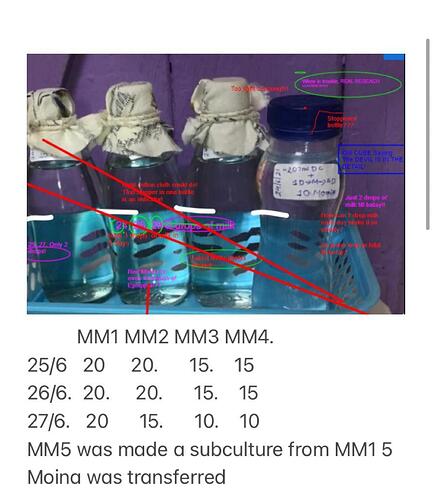
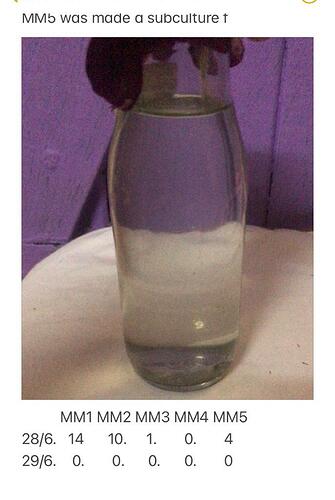

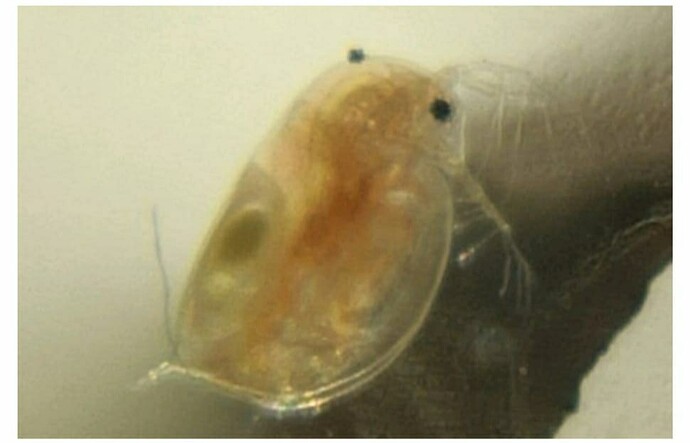
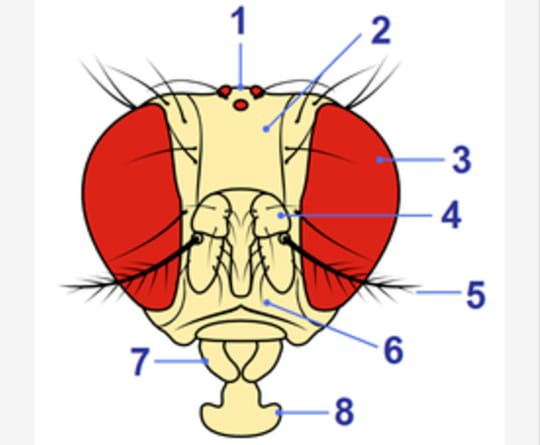
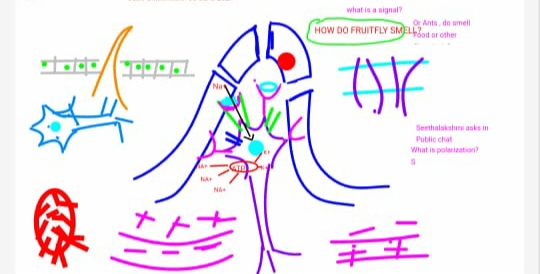
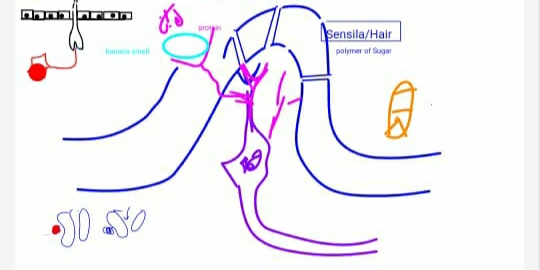
 .
. .
.